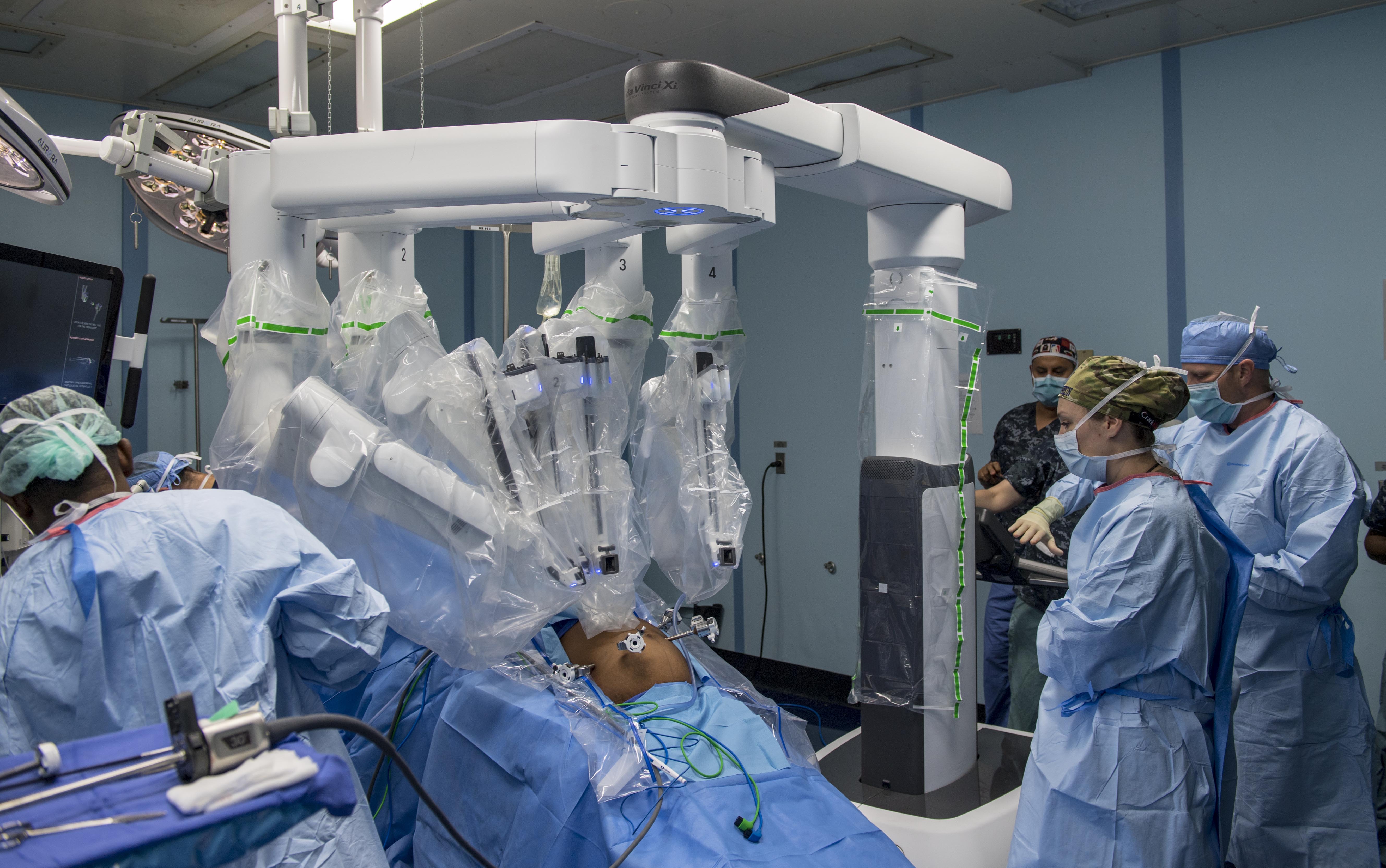Tech giants are investing billions in AI-driven robotic surgery, aiming for a future where procedures can be performed without a doctor in the room.
Tech giants are investing billions in AI-driven robotic surgery, aiming for a future where procedures can be performed without a doctor in the room. Explore the advancements shaping the next era of healthcare.

Robotic-assisted surgery, boosted by advancements in AI and sensing technologies, is reshaping the operating room. These technologies could soon give surgeons real-time data on things like blood flow and tissue visibility, helping them avoid damage during procedures. As robotic systems become more precise, surgeons are shifting from performing intricate tasks to overseeing the procedure, with some envisioning a future where robots handle surgeries with minimal human input.
Michael Yip, an assistant professor at UC San Diego, explains, "We want to remove surgeons from doing the fine precision work, which is really about how good you are with your hands, and move them into a more supervisory role of how and where you treat disease."
Research by Yip aims to create robots capable of exploring the body and offering surgeons different options for treatment. This could expand access to top specialists, making expert care available in remote areas or on battlefields.
Robotic surgery, long driven by Intuitive Surgical’s da Vinci system, is now seeing competition from major healthcare companies like Johnson & Johnson, Medtronic, and Stryker, which are investing heavily in the market. While these machines currently make up only a small percentage of surgeries, experts are optimistic that AI and improved connectivity will lead to more widespread use, making surgeries safer and more cost-effective.
Robots are already helping with procedures like joint replacements by using 3D scans to plan surgeries and prevent damage to surrounding tissue. In the future, AI could allow robots to automatically adjust instruments in real-time based on unforeseen conditions, much like the safety features in modern cars. Some believe that robots could even perform entire surgeries remotely, especially as 5G technology reduces lag times.
Despite their promise, the adoption of robotic surgery is still limited by high costs and mixed evidence on patient outcomes. However, as more companies enter the market, prices may drop, making this technology more accessible globally. While challenges remain, the growing interest and potential benefits of robotic surgery suggest it could become a key part of modern medicine.
What's Your Reaction?












/https://tf-cmsv2-smithsonianmag-media.s3.amazonaws.com/filer_public/54/66/546650fa-26a4-40fd-8d6d-5a7a04540f81/rosetta2.png)
:max_bytes(150000):strip_icc():focal(999x0:1001x2)/robert-prevost-050825-1-39395418ab494da5a3a700c9478e66c8.jpg)















































format(webp))
format(webp))


























